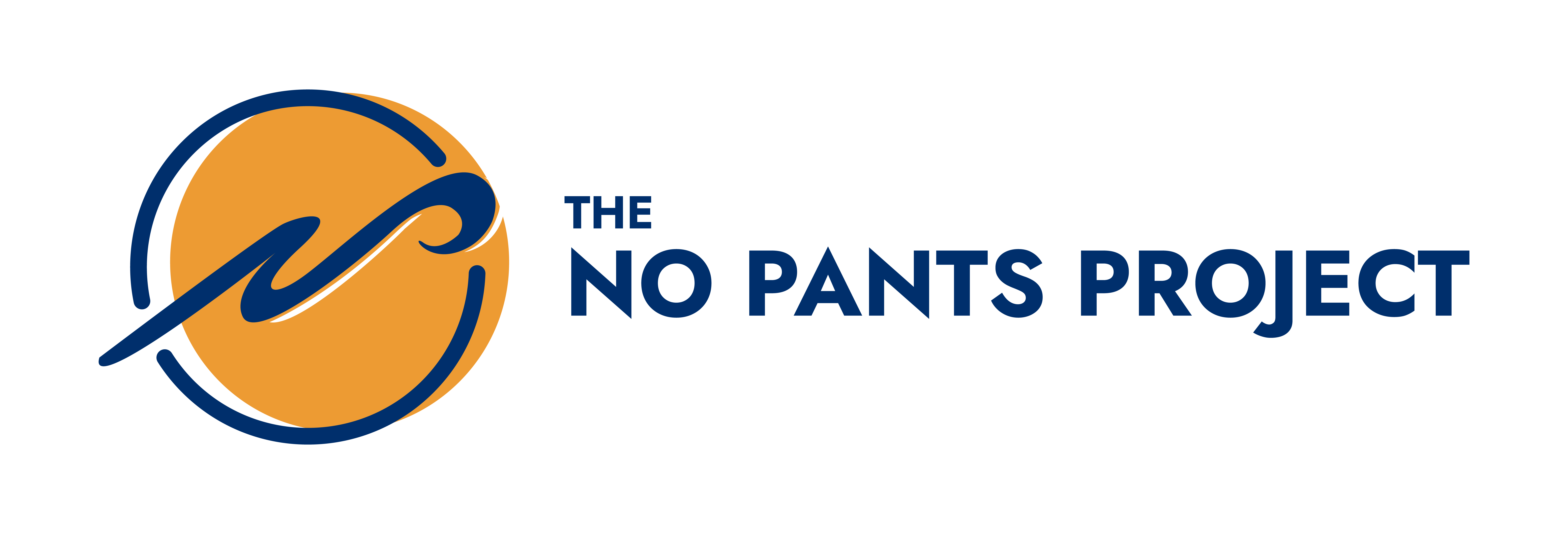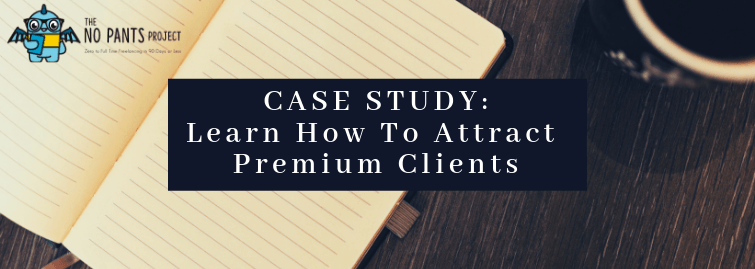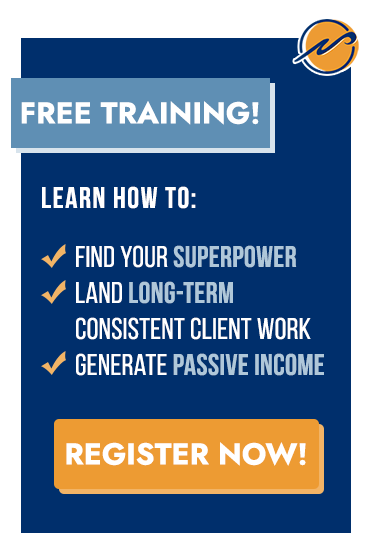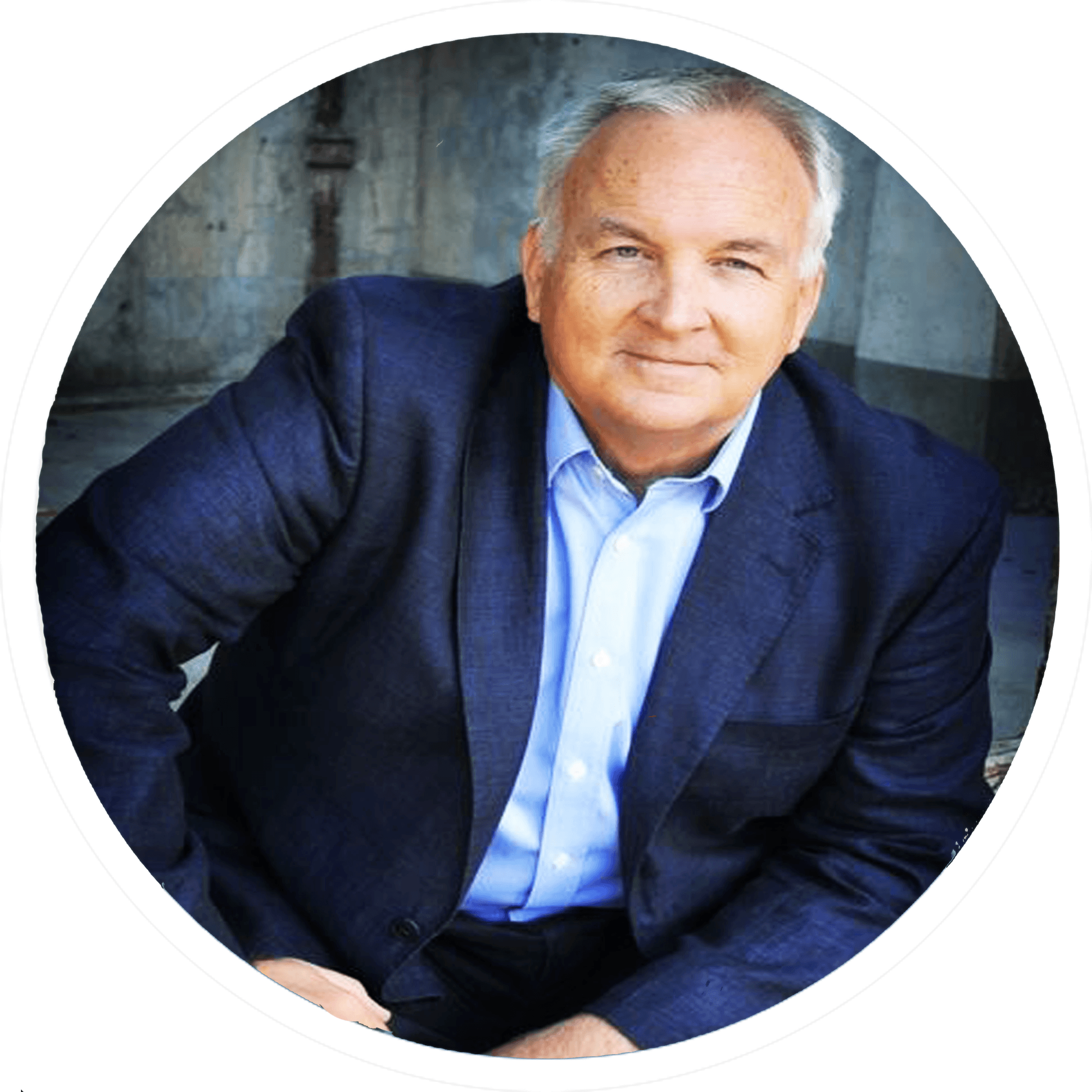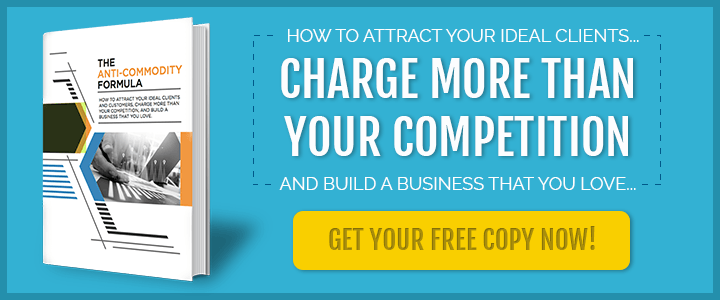Before joining The No Pants Project in 2018, I had never even heard of a sales funnel before. Funnel building? Huh?
None of my prior job experience ever required knowledge about marketing or business.
That is, until I decided to join a tribe of freelancers, and become a pantsless business owner myself.
As I began to learn more about this world of freelancing, and all of the different ways a person might make an income by offering different services, that “funnel” word began cropping up everywhere.
As it turns out, if you are
- a business owner
- who is online
- and you are selling something
… you probably need a sales funnel.
And, this also means, if you are
- a freelancer
- for helping people
… learning how to create a sales funnel could be a great service to offer!
There are countless business owners in the world that could see their profits skyrocket if they had a good funnel in place.
But these people either don’t have the understanding, or the time to put into creating their own.
And that’s where you can come in.
If the term or concept of funnel building confuses you, like it did me, never fear. With some expert input, clear instructions, and plenty of examples, we will demystify the sales funnel once and for all.
And then, we can start using it to benefit the businesses we care about.
What Is A Sales Funnel, Anyway?
This was, of course, my very first question.
Content marketer, Martin Zehl, explains it like this:
“A sales funnel is a marketing concept that maps out the journey a customer goes through when making any kind of purchase. The model uses a funnel as an analogy because a large number of potential customers may begin at the top-end of the sales process, but only a fraction of these people actually end up making a purchase.”
Leadpages says it this way, “A sales funnel is the process from when you first drive traffic to your landing page to the moment you finish the sale.”
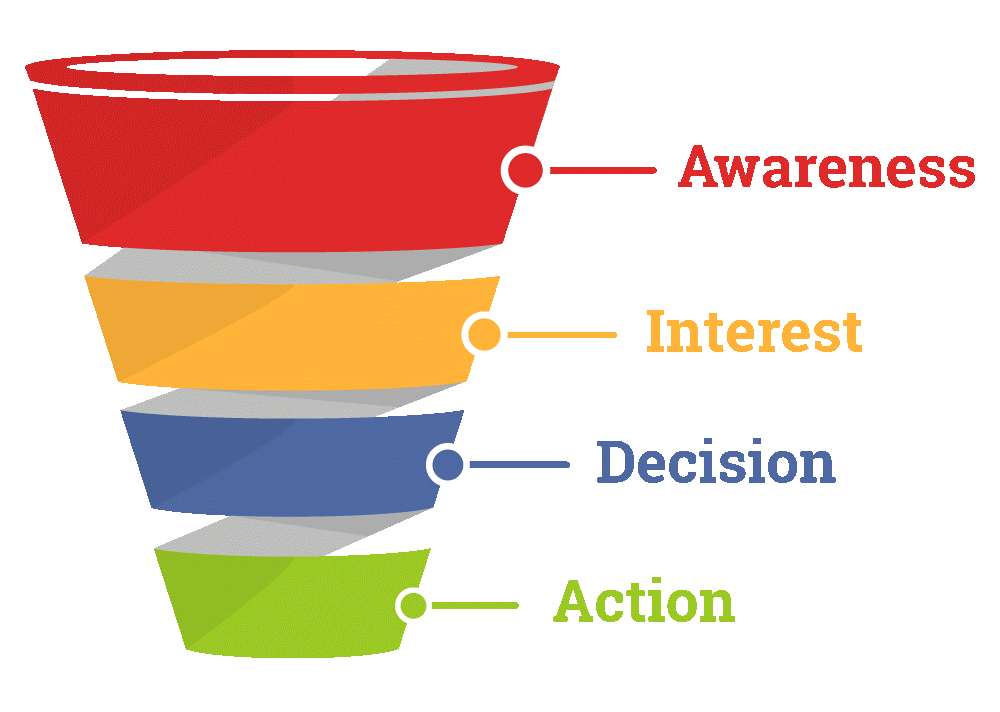
So, How Does Funnel Building Work?
To help you better understand the sales funnel concept, let’s take a look at a funnel you are likely already familiar with — Netflix.
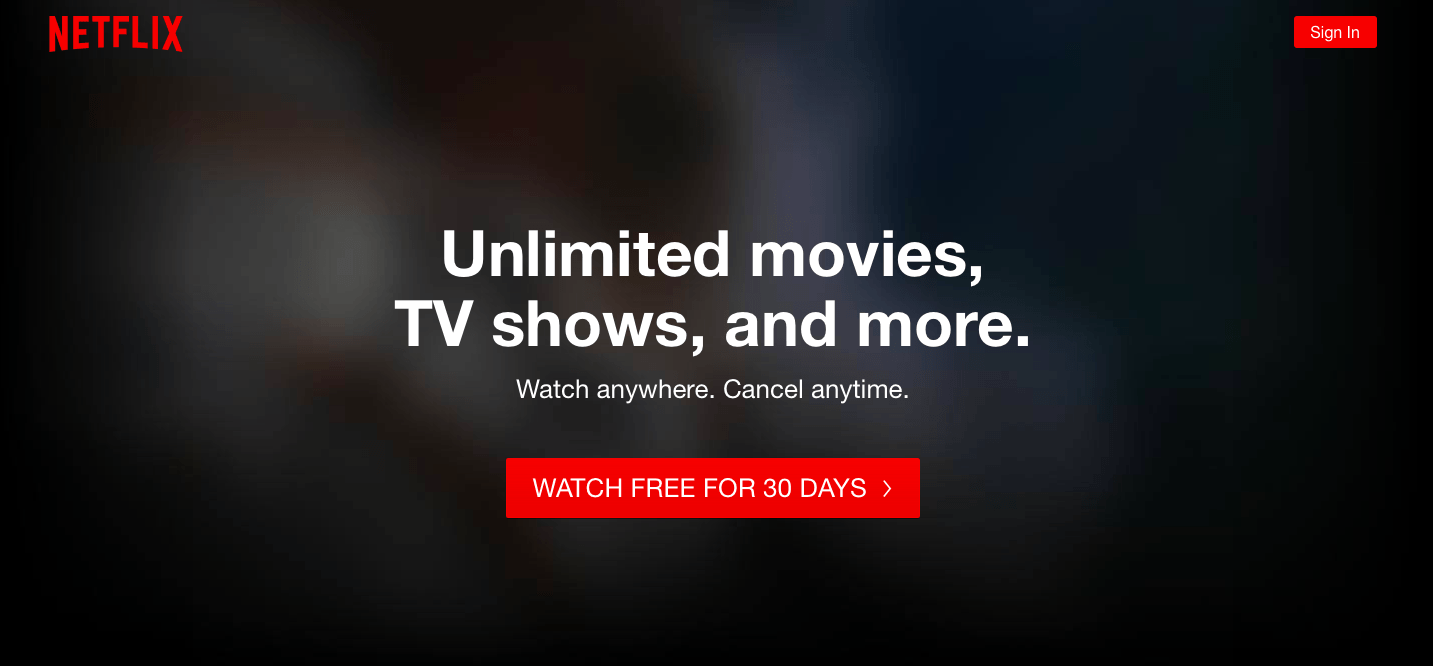
This first step on Netflix’s landing page (their website sales page) is “the offer.”
WATCH FREE FOR 30 DAYS
Perhaps you got to this landing page because you clicked on an enticing ad in your Facebook feed.
You end up here, and see that it’s true. Netflix is willing to give you something for free…
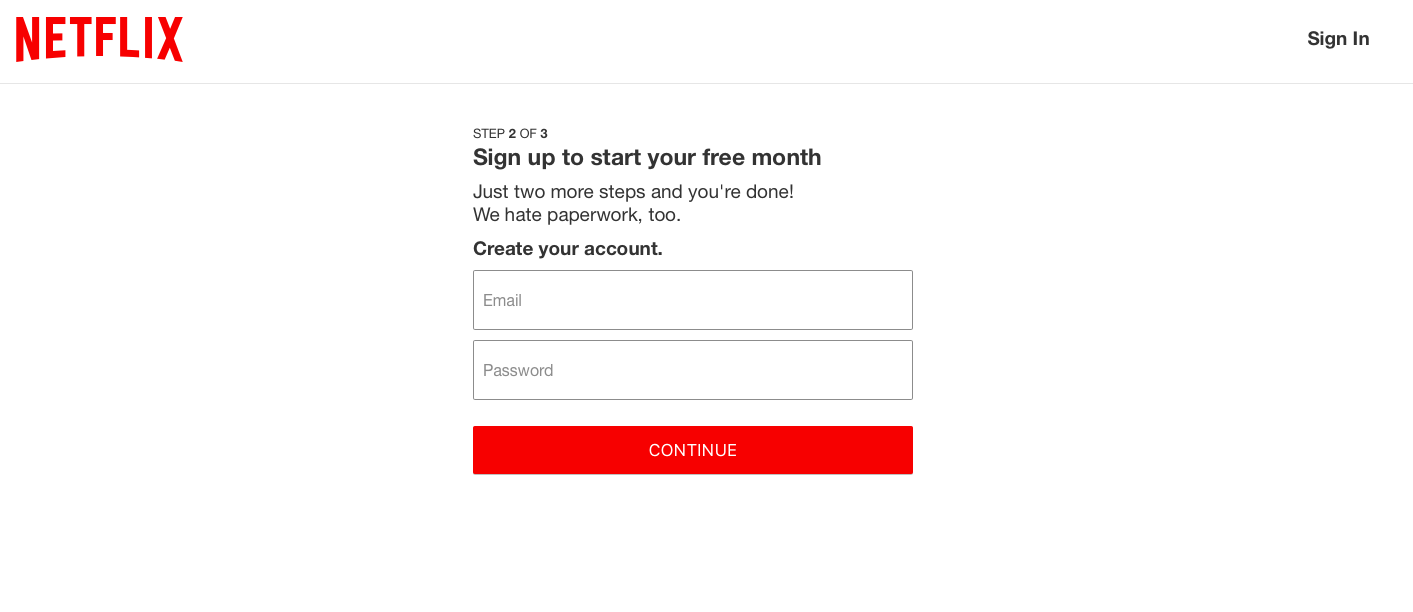
In exchange for your contact information…
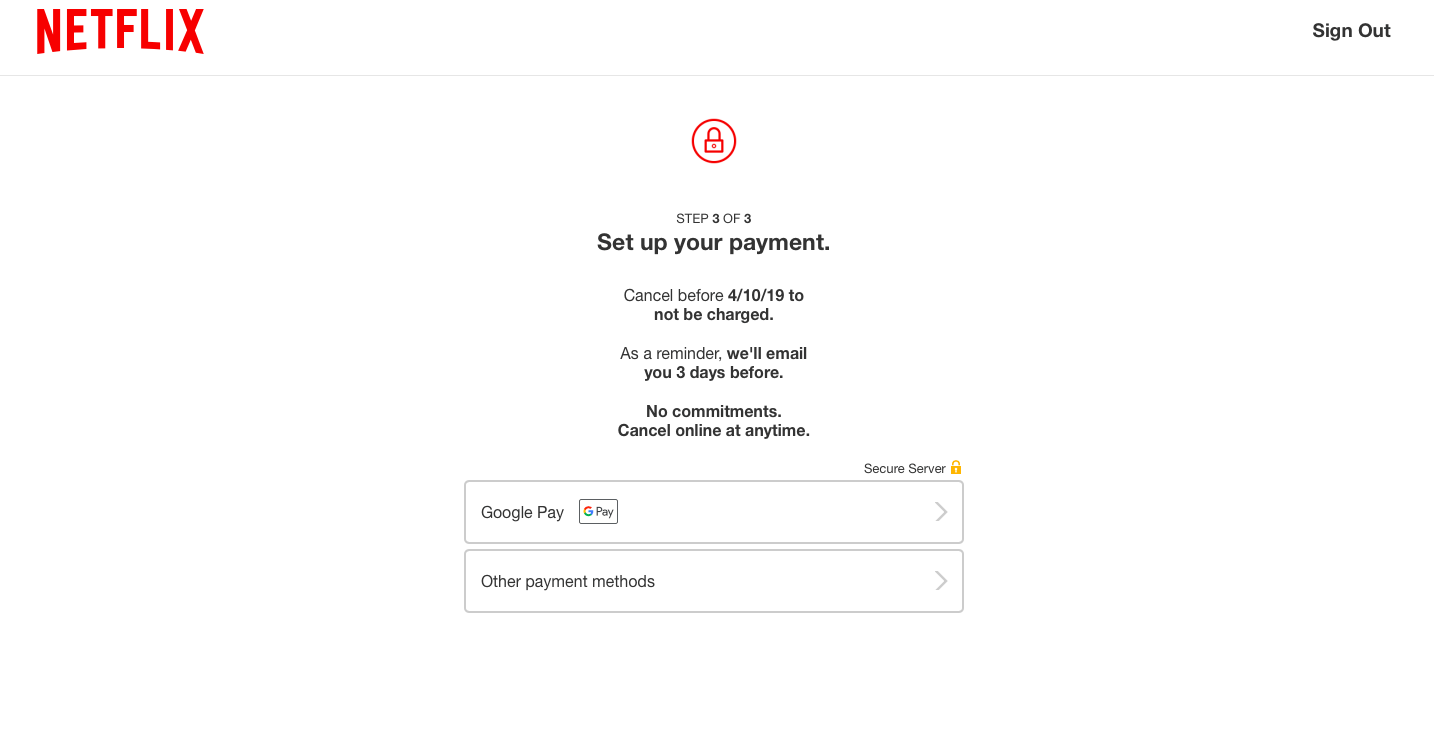
and your debit card.
Now, Netflix keeps good on their promise – your trial is free for 30 days, and they will even send you a reminder in your inbox when it’s time to cancel.
But, if you love their services after a month (and they know you will) or you simply forget to deactivate, Netflix officially has another paying customer.
And if you cancel?
No big deal.
They’ll just send you friendly emails about which new shows they’re adding, and what other great offers are available.
If you ever choose to join the world of couch potatoes again, Netflix is going to do all they can to make sure they are your first choice in entertainment.
Like Netflix, you can probably now see how other businesses use sales funnels every day to turn casual browsers into converted, paying customers.
But, Why Do I Need One?
Marketer Jamil Velji explains it best by saying:
“You never know where people are going to be in that (purchase) cycle when they land on your page, so unless you are using a traffic acquisition channel designed to only attract ready buyers, there is a statistical probability that the visitor will NOT be ready to buy.
“What happens then? What happens when they aren’t ready to buy right now?
“Nothing. They leave.
“You probably paid for them to visit, and they just left.
“With a sales funnel, that doesn’t have to happen. With a sales funnel, you aren’t trying to get them to buy initially. You are simply trying to catch and hold their attention — to earn the right to market to them by collecting their email address.
“Once you have their email address, often by giving them value for free, you can continue to give them value and keep your brand on the forefront of their mind until they enter the buying stage of the purchasing cycle.
“At that point, you are the natural choice, because a sales funnel allows you to build trust.”
Jamil’s message is the exact point you need to make to any client who is on the fence about funnel creation.
Stop paying good money, only to have people look at your site and then leave.
A good funnel will help you turn those views into conversions.
What Will I Need To Do First For Funnel Building?
In The No Pants Project, Mike Shreeve teaches us that in order to create a funnel that is successful and highly valued by customers, you need to get clear about how you will get people real results with your product or service.
Ask yourself:
- What Am I Offering?
Get specific and make sure you’re offering a hard, measurable outcome.
For example :
“My book will teach you to make a lot of money with a little effort.”
“My book will teach you how to make 6 figures without hiring anyone new.”
- Who Am I Offering It To?
Identifying your audience is critical.
If your product or service is geared towards medium sized business owners who care about earning more money in less time so they can vacation with their family, you don’t want to be advertising to anyone not in that specific group.
They won’t buy from you, and it’s a waste of your time and resources.
- How Am I Talking About It?
People respond better to stories than they do to lectures. They also don’t like to listen to a know-it-all.
Rather than talk to your audience about how awesome and experienced and qualified you are to be helping them, show them how you have helped people.
Demonstrate your abilities with proof and real case studies. Then let the value you offer speak for itself.
Don’t skip this part! Getting your offer, message, and audience match in place is a crucial first step in any good sales funnel.
And Then What?
Now that you understand how to identify
- your offer
- your audience
- and the way you talk to your audience about your offer
let’s get into the mechanics of funnel creation.
Let’s say Melinda wants to sell a fitness coaching program to busy moms age 28-45.
She is prepared to show these women how she has helped others just like them, and she wants to offer them a free 1 week health plan to prove it.
In order for Melinda to create a successful funnel for her program, she’s going to need five basic steps.
1. Traffic
The first thing Melinda needs is to drive traffic to her landing page.
This traffic is the primary way that she will create awareness in her audience about what she has to offer.
Paid ads are a very effective tool, but you can also try blogging, webinars, and videos to help peak interest and lead people organically to you.
Bonus Listening: 21 Ways To Attract Your Dream Client With Easy To Make Content
2. Landing Page
The second thing Melinda needs in place is her landing page.
The purpose of a landing page is to create interest in your audience – remember our Netflix example? You want them to see that your offer is real and has genuine value.
And if you aren’t a web developer, don’t worry. There are plenty of resources listed below that will help you get your tech set up easily!
3. Pop Up Box
This third step is where Melinda’s audience gets a chance to take an action.
Sometimes called a leadbox, the popup box is just a message that comes up on a landing page, saying, “Hey! Put your contact information in here, and I’ll give you this thing!”
You want your pop up box to be very simple and easy for your prospect to opt in to.
4. Thank You Page
Once Melinda’s visitor has entered their information, they should be led to a ‘Thank You’ page with further instructions.
Usually, this page will just advise the person to check their email to make sure they have received the product they’ve opted for.
This page is also a good place to throw in another offer.
In Melinda’s case, she might suggest purchasing her “Mindset Of Fitness” guide for just $7, before giving access to her free product.
The visitor will get the chance to click “yes’ or “no” to the purchase before their free product is sent to them.
5. Follow Up Emails
This is where Melinda will try and sell her big ticket products.
Marketing guru, Neil Patel says, “Based on 2018 data, email marketing is still ranked as the most effective marketing channel, beating out social media, SEO, and affiliate marketing.”
Melinda will work to create value-driven emails for her list. These emails not only qualify her as a trusted and knowledgeable source in her industry, but they show she is willing to help fix specific pain points she knows her audience experiences.
To get a better picture, let’s walk through Melinda’s funnel from a customer’s point of view.
Diane is a 32-year-old mom of three who has gained 25 stubborn pounds in the last five years. Her little ones are all in school now, and while Diane is still busy, she is interested in taking some time in this new season to get back into shape.
While surfing Facebook one day, Diane sees an ad that seems to jump right out at her, promising to “Help Busy Moms Shed 5 Pounds In 1 week With A Free Workout And Meal Plan.”
The timing is interesting, and Diane skeptically clicks on the ad and is led to Melinda’s landing page.
Here, she is able to see stories of women just like her who have been helped by Melinda.
The results are convincing, and the stories are relatable and genuine. Besides, this offer costs her nothing more than an email address. If it doesn’t work, she has nothing to lose.
Diane enters her information, clicks on the opt in, and is then instructed to access the “1 Week To Better Health” manual in her inbox.
The plan is clear, easy to use, and it delivers.
Within a week, Diane is down a jean size.
Even though the program is over, Melinda has been routinely sending emails to Diane. Some of these have included free grocery lists, printable workout templates, and more encouraging stories of success.
Diane wants to keep her momentum going, and she now feels she has a trusted relationship with Melinda.
In the weekly emails, she sees that Melinda offers an intensive “Whole Body Transformation” coaching course with added resources, food plans, recipe books, new weekly workout routines, and personal accountability. Plus, the course offers a 30 day money back guarantee.
At this point, Diane is ready to up her fitness to the next level.
She believes in Melinda’s ability to help her and add value to her life, because she has seen the results first hand.
The price point is hardly a matter, because Diane now has trust in Melinda’s business.
Do you see why this process works?
Neil Patel says it perfectly again, “When people know that you care about and anticipate their needs, they’ll reward you with their wallets.”
Resources To Help You Set Up Your Sales Funnel
In order to get your sales funnel in place, you’re going to need a few tools.
- Something To Build Pages On
Clickfunnels allows you to build webinar pages, landing pages, billing pages and more all in one system, making it the most popular page building option.
Leadpages is a less expensive alternative, and has been around for over a decade. While creating a funnel with Leadpages isn’t as simple, it’s also not impossible to do. Leadpages offers plenty of templates and easy integration with most email providers.
If you’re looking for something a bit more sophisticated, Instapage is another sound option. With Instapage, you can create an entire funnel on a single platform, and the built in analytical tools make tracking your page performances a breeze.
- Something To Send Tons Of Emails With
In order to have a successful funnel, you need an email marketing platform that allows you to easily engage with mass amounts of customers at one time through sales emails.
Popular platforms include:
- Something To Get Paid With Automatically
You’ll also need a payment gateway software application, so you can easily and securely collect payments.
Five of the most popular payment gateway apps are:
In Closing
The steps of your personal funnel may be altered some depending on the service or product you are providing.
Each funnel’s methods will look slightly different, but the idea behind them is the same: to convert website visitors into trusted consumers.
When you can remember that this is a sales funnel’s purpose, the process of creating one, for yourself or a client, gets significantly easier.
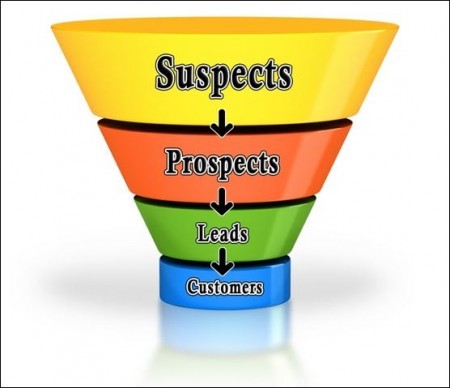
Once your funnel is in place, don’t stop making improvements there.
Make it your mission to gather data, make an analysis, and work to adjust and optimize your sales machine for continued success.
We would love to give you guidance (and free templates!) as you embark on your funnel builds. To learn more about this, and other ways you can create a successful, 6 figure business in your pajamas, join us at The No Pants Project.
